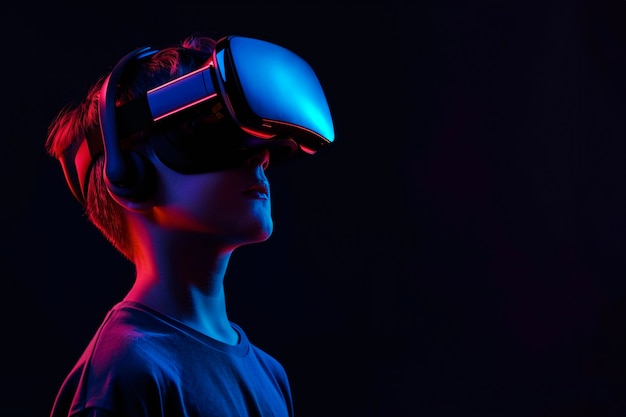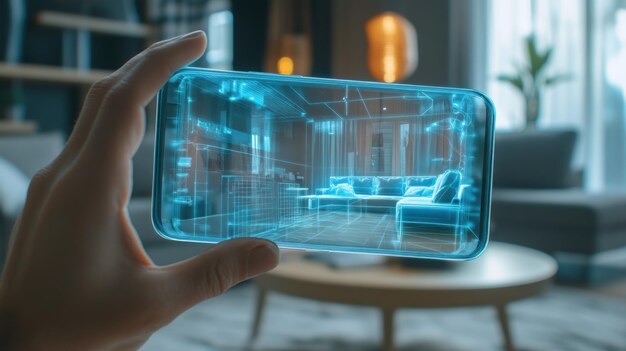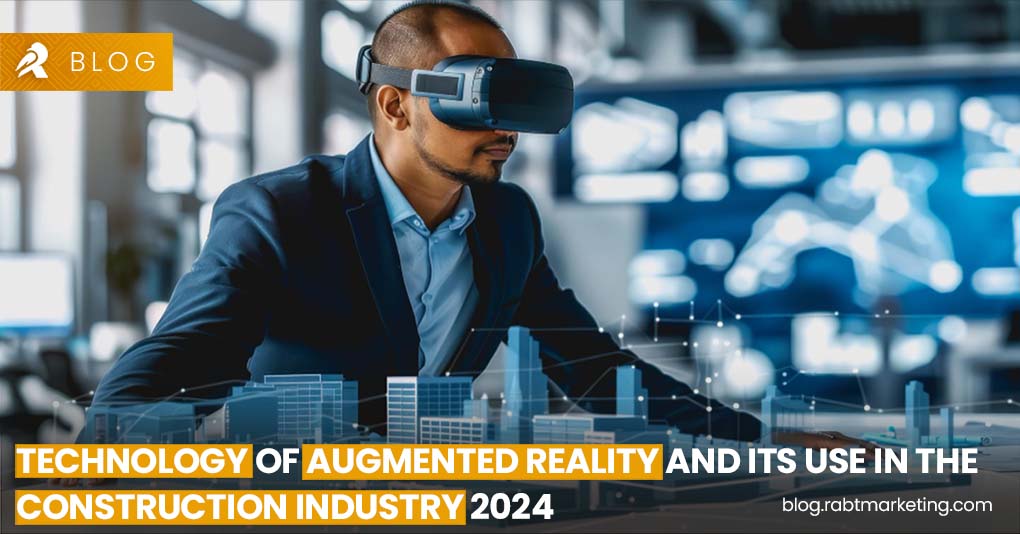This is an era of technology and time of rise of artificial intelligence in the world. Scientists and tech leaders are striving hard to advance knowledge and simplify human lives. Besides many other sectors, the construction sector is also continuously growing. Today’s topic is the technology of augmented reality in construction. Question arises in mind about augmented Reality (AR) and how it is transforming the construction industry and what are the prime benefits of using this technology. All these questions,we will try to answer this in my blog. This technology is being leveraged to enhance project efficiency, improve communication, and minimize risks in the construction landscape. In this article, we will explore the core concept of augmented reality, its application in construction, and how it’s shaping the future of the industry.
Actual Concept of Augmented Reality
Augmented Reality refers to the technology that overlays digital elements—such as 3D models, visual information, and interactive data. Unlike Virtual Reality (VR), which immerses users in a completely virtual environment, AR enriches the real world with digital content. This allows users to interact with both virtual elements and their physical surroundings simultaneously.
At its core, AR enhances spatial awareness, provides real-time data, and aids in visualization—features that are especially beneficial in complex industries such as construction. By using AR, architects, engineers, and project managers can visualize detailed plans, make real-time modifications, and streamline decision-making processes.
Key Benefits of Augmented Reality in Construction

AR offers multiple advantages that make it particularly valuable in the construction industry. Some of the key benefits include:
1. Project Visualization Before Completion
Traditional 2D blueprints and drawings have been the foundation of construction planning for decades. However, interpreting these documents can sometimes lead to miscommunication or misunderstandings among team members. With AR, engineers can view 3D models of projects overlaid onto actual sites, offering a more comprehensive understanding of the design and layout. This real-time visualization can be viewed on tablets, smartphones, or AR glasses, providing a more interactive and immersive experience.
2. Streamlined Collaboration and Transparent Communication
Effective communication is critical for the success of any construction project. By using AR, teams can collaborate more efficiently. For instance, contractors and architects can share digital models with engineers, who can make changes in real time, ensuring that everyone is on the same page. This minimizes the potential for costly mistakes or delays. AR also allows for virtual site meetings, where project stakeholders can review progress and discuss plans without being physically present on-site.
3. Accurate Measurement and Layout
One of the most useful features of AR in construction is its ability to provide precise measurements. By overlaying virtual models onto the real-world environment, experts can accurately measure distances, and can make sure in the execution phase that the construction is being carried out as per the design. This not only improves accuracy but also reduces the chances of errors in the entire construction process. It can save a lot of budget as well.
4. Safety and Risk Mitigation
Construction sites are inherently risky environments. AR can be used to enhance worker safety by simulating potential hazards and providing real-time alerts. Workers can visualize the layout of the construction site, including dangerous areas or obstacles, before physically entering the space. Augmented reality leads to good risk management and prevent any kind of huge financial loss.
Implementation of Augmented Reality in Construction
1. On-Site AR Applications
One of the most common uses of AR in construction is through on-site applications. By utilizing AR-enabled devices like smart glasses, engineers and site supervisors can walk through a construction site while viewing 3D overlays of the project. This allows them to compare the progress of the project with the digital design, identify potential issues, and make real-time adjustments.
2. BIM Integration with AR
Building Information Modeling (BIM) has already revolutionized the way construction projects are planned and executed. The integration of BIM with AR takes it a step further by providing an interactive, real-time visualization of building designs. With AR, BIM models can be projected onto actual construction sites, offering more accurate layout information and enabling seamless comparisons between the design model and the physical site.
3. Pre-Construction Simulations
Before ground is even broken, AR can be used to conduct pre-construction simulations. These simulations allow project managers to visualize how a building will look and function upon completion. By integrating environmental factors such as sunlight and weather, AR simulations help in optimizing the design and ensuring the longevity of the structure.
4. Training and Education
AR also plays a crucial role in the training and education of construction workers. It can be used to create immersive training programs that teach workers how to operate machinery, follow safety protocols, or even assemble complex structures—all in a virtual environment. This type of training reduces the need for hands-on practice, thereby lowering the risk of accidents and improving efficiency.
Future of Augmented Reality in Construction

As AR technology continues to evolve, its potential within the construction industry will only grow. Future applications may include fully automated AR-guided machinery, where construction vehicles and tools can perform tasks based on augmented instructions. This would lead to even greater accuracy and efficiency, minimizing human errors and boosting productivity.
Moreover, AR could be combined with emerging technologies like artificial intelligence (AI) and machine learning to create even more sophisticated systems. For example, AI could analyze AR data to predict construction challenges or suggest design improvements, making the construction process more dynamic and data-driven.
Few Challenges of this Technology
Despite its vast potential, AR in construction is not without challenges. It comes with some limitations or we can say them as draw backs.Some of the major hurdles include:
- Cost of Implementation: AR technology, especially advanced devices like smart glasses and AR software, can be costly to implement. Small or mid-sized companies may find it difficult to justify the investment without a clear return on investment (ROI).
- Technical Limitations: While AR technology has come a long way, it still faces technical limitations such as battery life of AR devices, latency issues, and hardware constraints.
- Training and Adaptation: Successfully integrating AR into a construction workflow requires a certain level of technical proficiency. Workers may need special training to become comfortable with AR systems. So training of workers also needs some additional budgets.
Read More:- Top 10 Modern Emerging Technologies in the Construction Industry
Read More:- What is Building Information Modeling BIM and How it is Shaping the Construction Industry ?
Conclusion
Augmented Reality is now no doubt a future of the construction industry globally. It features many benefits including project planning, collaboration, safety, and accuracy. Although there are challenges in terms of cost and implementation, the long-term benefits make AR a worthwhile investment for companies looking to improve efficiency and reduce errors.
As AR technology continues to develop, its integration with BIM, AI, and other innovative solutions will further revolutionize the way buildings are constructed.

